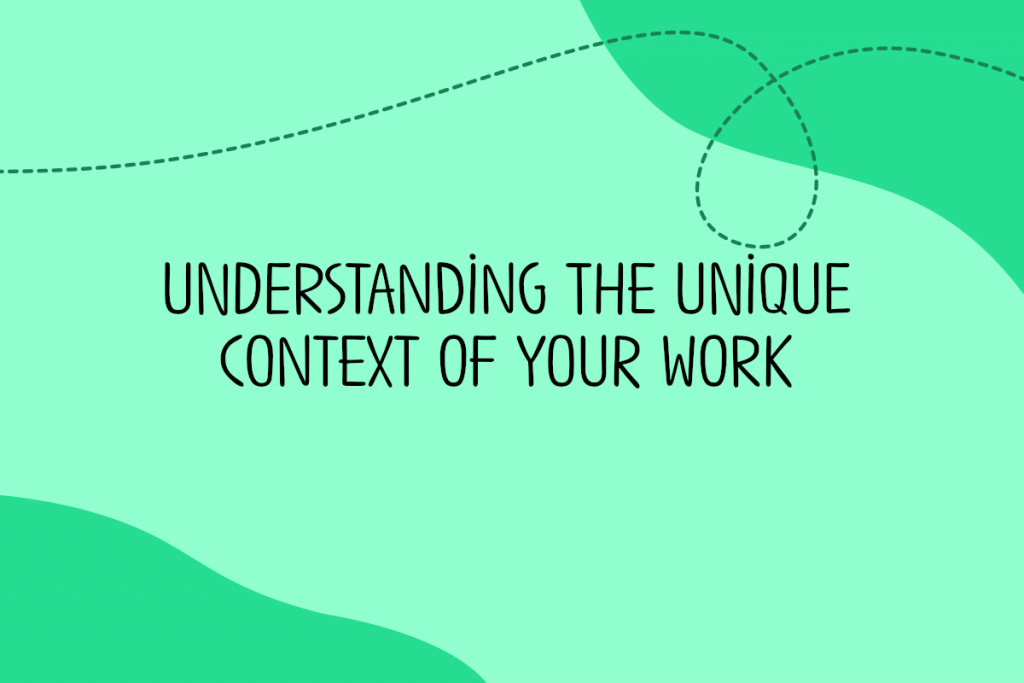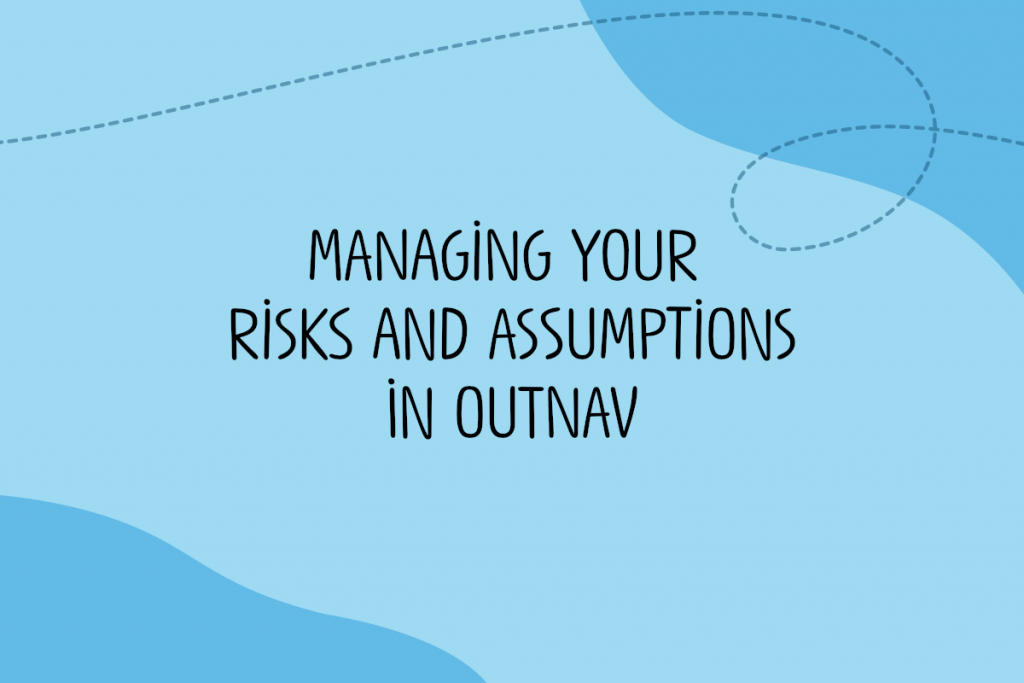Because we can’t be certain of the future, we need to think deeply about the contextual factors that shape any work, and the underlying change mechanisms we are relying on. This includes thinking through what will need to be in place, why we think our initiative will work and the potential risks that we can face: our risks and assumptions.
What do we mean by risks and assumptions?
Risks are things that may happen that could get in the way of the change we hope to see. For example:
- There are multiple things going on in people’s lives that affect their ability to make a positive change.
Assumptions are the change mechanisms at the core of the project and things that you are relying on being in place for an initiative to contribute to the outcomes it seeks. For example:
- There is sufficient time and resources for staff to be able to work with people in the way that works for them.
- Staff have the knowledge and skills to deliver this kind of support.
Making risks and assumptions real
When we support organisations to develop their outcome maps, we also go through a process of assessing the context for delivery and key risks and assumptions that need to be considered.

We have written a post about our approach to understanding and talking about context, which uses the ISM Framework, adapted from the original developed by the Scottish Government
Defining risks and assumptions helps ground the outcome map into context and to highlight where attention needs to be focused to achieve success.
Assumptions include why we think the initiative will unfold in the way we have set out – sometimes this is based on experience of delivering something similar, learning from other initiatives, or from research into similar work. Other times we might be trying something innovative where we want to test these assumptions.
Two sides of the same coin?
When looking at wider assumptions and risks we can often flip them between a risk or assumptions (e.g. risk: we can’t reach the right people, assumption: we reach the right people).
In some cases they fall more squarely into a risk or assumption category – we just need to make sure they are recorded in a way that makes sense to the work. What matters is that we think clearly about the most important of these, and how we will include them in the way we monitor and evaluate the work.
For example, nearly every initiative working with complex change faces challenges around engagement – it is usually really important to engage the right people with the work, but often a risk is that the we engage with people who are easiest to reach, or people are not ready for the initiative.
If we get engagement wrong, then the initiative probably won’t contribute to its intended outcomes. So, we need to play close attention to making sure we understand who we are engaging with and how they are feeling
Taking risks and assumptions into account when analysing your progress
When you are adding something to your lists of risks or assumptions you can also reflect on the implications it will have for analysis, and ensure you collect feedback to be able to monitor this. For example, if one of your biggest risks is that the people who want to reach are not ready for your service, in your analysis you need to reflect on the steps you put in place to overcome this risk and how successful you were.

In OutNav your lists of risks and assumptions are held in a tray alongside your implications for analysis, see how this looks in our OutNav feature post.
